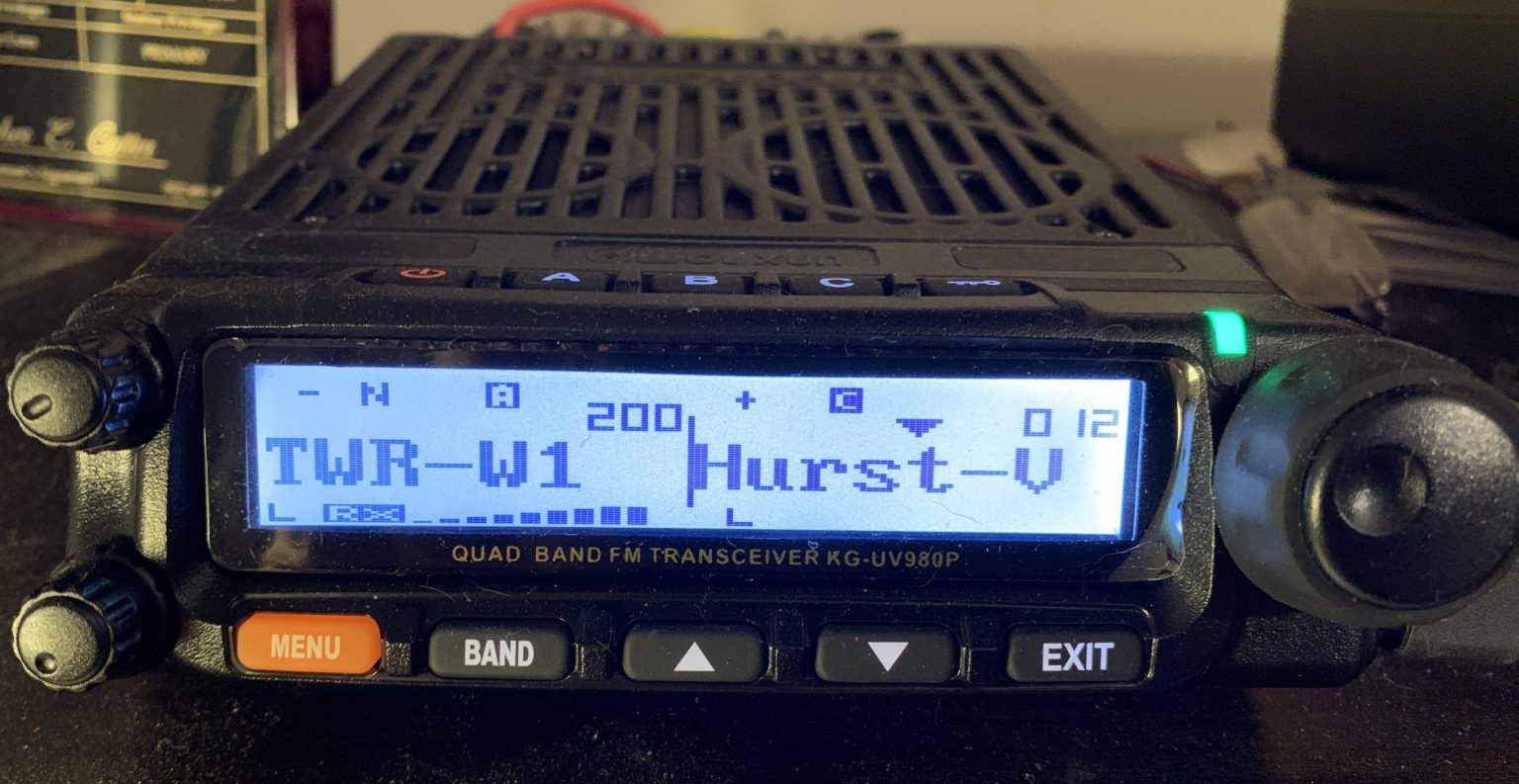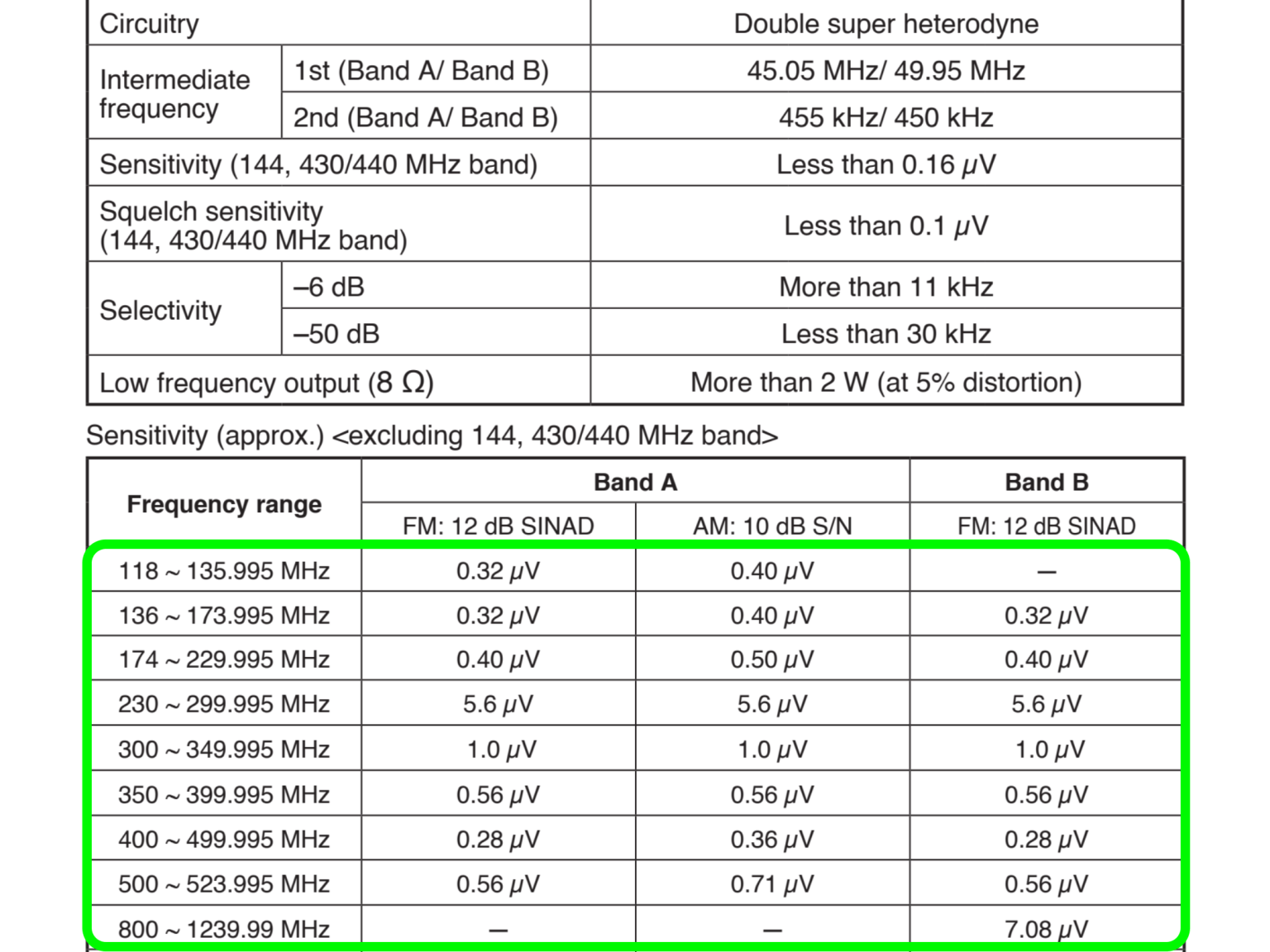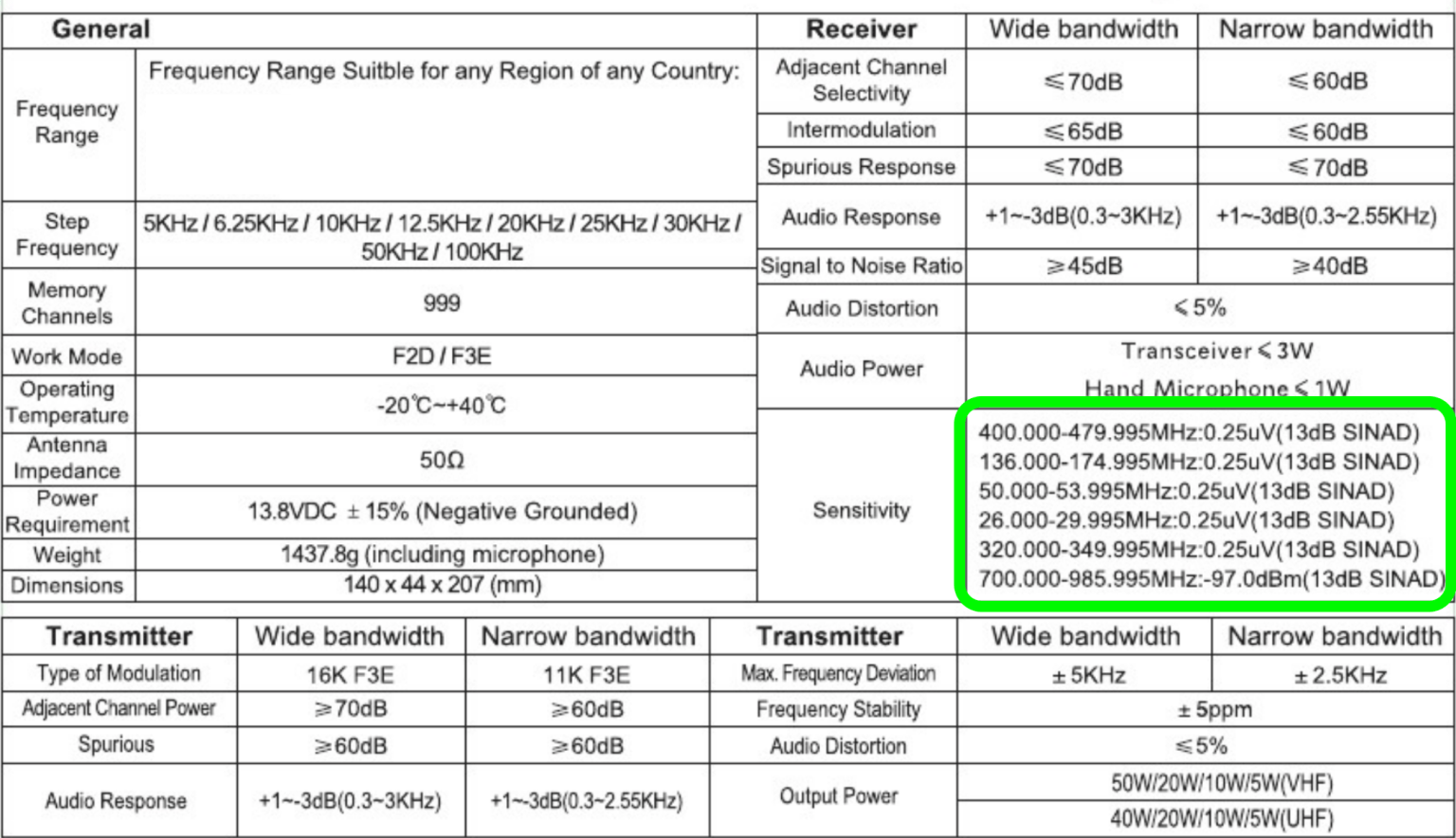I remember the days when I started in CB. I was 15 years old and had a truck that my Papa gave me. I had a CB installed, and an antenna installed on the outside before I could even drive. My brother-in-law heavily influenced me regarding CB. I tried it for a while but soon learned that CB was just a wild west of people, and the constant sound of overdriving the audio, voltage, and PA just made it sound incredibly… awful.
When I first learned about amateur radio from my friend Matt, and I decided that I needed to get my ham license, I did. I remember replacing the CB in the truck with a Yaesu FT-2500M 2m radio and the 8.5′ (102″) stainless steel whip antenna. The antenna was replaced with a 5/8λ 2m monoband antenna. Rarely would I ever transmit at 50 watts. Just because I could use it did not mean that I need that kind of power. Contrary to some CB friends that constantly said to push max power, I did not need to.
As I began to dabble in the HF world, I believed I needed an amp. This was kind of because of my old way of thinking about RF and the thought of needing the most power I needed. Even to this day, I usually do not go more than 50 watts on HF. I fundamentally did not understand how radio worked and what its capabilities were. In my first few years in HF, I thought I needed an amp to be effective. This is wrong. Once you understand how radio works, you can understand why you do not need it.
One way to think about it is this, if a distant station hears you at S5, to reach a 56, you must double your power transmitted (3dB). To be heard with an S7, you must quadruple your power again (6dB). So let us say you are transmitting 100w and being heard at 55, quadruple your power to 400w to achieve S6. Double your power again to achieve S7, so we are at 400w. Double your power to achieve S8, so now we are at 800w. Finally, if you want a legitimate S9 report, you must double your power again to 1600w to achieve an S9.
| Power Ratio | Decibel Value (dB) |
| 0.001 | -30 |
| 0.1 | -10 |
| 0.25 | -6 |
| 0.5 | -3 |
| 1 | 0 |
| 2 | 3 |
| 4 | 6 |
| 8 | 9 |
| 10 | 10 |
| 100 | 20 |
As you can see by that chart from the Technician question pool, every 3dB increase is a double in power. Generally, every 3dB on the radio is the equivalent of one S-unit.
One of my favorite YouTube channels is QRP School. I know I just opened a can of worms by even mentioning QRP.
…and a second video explaining dB again.
As you can see, it is very easy to get sucked into the I need an amp mindset, but you actually do not. I have worked stations all over the world on a wire and 100 watts just fine. I specifically worked the latest HF station on my log sheet [I know it was in 2018 while testing an antenna] on 10 watts and I received a 57 (five-seven) report on my signal, so it can be done. I would encourage you to try it out before buying an amp. Those bad boys are expensive and may not benefit you as much as you think.
73


